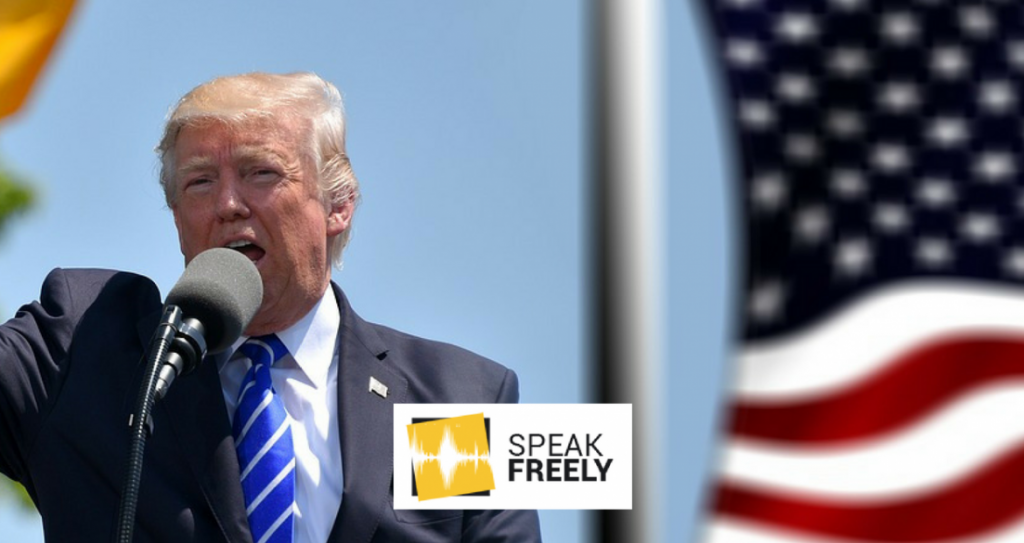
Last month, trade commissioner Cecilia Malmström told European trade ministers that if President Trump hits the EU with 25 per cent tariffs on cars, Brussels is prepared to hit back with tariffs on some $20 billion worth of American exports. Trade...

During European Commission president Jean-Claude Juncker’s visit to Washington D.C, Donald Trump once again suggested a tariff-and subsidy-free trade area between the European Union and the United States. Yet, the American president continues to fall on deaf ears, for reasons...
Free Trade For Us is a single-issue campaign produced by the Consumer Choice Center and supported by partners to raise awareness about the positive impact of free trade and to show policymakers all over the world that the millennial generation is united against tariffs, trade barriers, and retaliatory measures that only hurt consumers and workers.
© Copyright 2018 All Rights Reserved